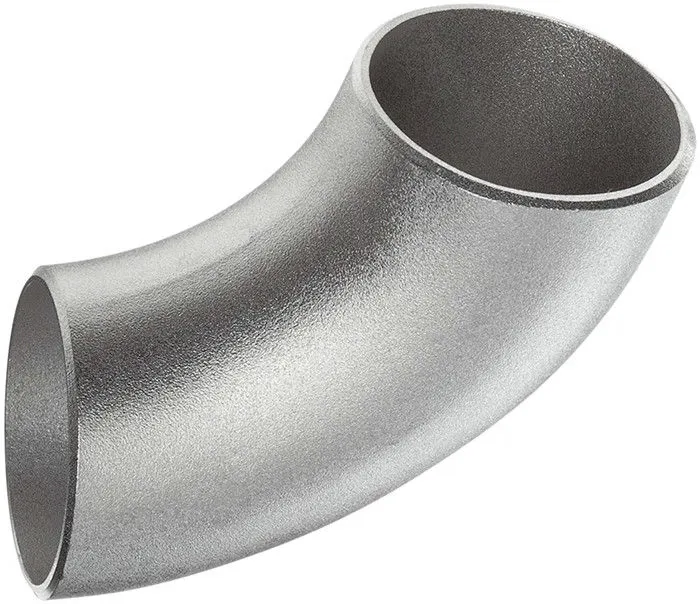-
Cangzhou Yulong Steel Co., Ltd.
-
Phone:
+86 13303177267 -
Email:
admin@ylsteelfittings.com
- English
- Arabic
- Italian
- Spanish
- Portuguese
- German
- kazakh
- Persian
- Greek
- French
- Russian
- Polish
- Thai
- Indonesian
- Vietnamese
- Zulu
- Korean
- Uzbek
- Hindi
- Serbian
- Malay
- Ukrainian
- Gujarati
- Haitian Creole
- hausa
- hawaiian
- Hebrew
- Miao
- Hungarian
- Icelandic
- igbo
- irish
- Japanese
- Javanese
- Kannada
- Khmer
- Rwandese
- Afrikaans
- Albanian
- Amharic
- Armenian
- Azerbaijani
- Basque
- Belarusian
- Bengali
- Bosnian
- Bulgarian
- Catalan
- Cebuano
- China
- China (Taiwan)
- Corsican
- Croatian
- Czech
- Danish
- Esperanto
- Estonian
- Finnish
- Frisian
- Galician
- Georgian
- Kurdish
- Kyrgyz
- Lao
- Latin
- Latvian
- Lithuanian
- Luxembourgish
- Macedonian
- Malgashi
- Malayalam
- Maltese
- Maori
- Marathi
- Mongolian
- Myanmar
- Nepali
- Norwegian
- Norwegian
- Occitan
- Pashto
- Dutch
- Punjabi
- Romanian
- Samoan
- Scottish Gaelic
- Sesotho
- Shona
- Sindhi
- Sinhala
- Slovak
- Slovenian
- Somali
- Sundanese
- Swahili
- Swedish
- Tagalog
- Tajik
- Tamil
- Tatar
- Telugu
- Turkish
- Turkmen
- Urdu
- Uighur
- Welsh
- Bantu
- Yiddish
- Yoruba

Dec . 04, 2024 05:23 Back to list
Understanding ASTM A333 Grade 6 Carbon Steel Pipe Specifications and Applications
Understanding ASTM A333 Gr. 6 Specifications and Applications
ASTM A333 Gr. 6 is a specification set by the American Society for Testing and Materials (ASTM) that defines the requirements for seamless and welded carbon and alloy steel pipe intended for low-temperature service. This specification is vital in industries where materials must perform under extreme conditions and temperatures. In this article, we will explore the characteristics, applications, and critical considerations regarding ASTM A333 Gr. 6.
Chemical Composition
ASTM A333 Gr. 6 pipes are primarily made from carbon steel and have a specific chemical composition that ensures proper mechanical properties and weldability. Typically, the chemical makeup includes
- Carbon (C) Maximum of 0.30% - Manganese (Mn) Between 0.60% and 1.20% - Phosphorus (P) Maximum of 0.025% - Sulfur (S) Maximum of 0.025% - Silicon (Si) Up to 0.10% - Nickel (Ni) Minimum of 0.40% - Chromium (Cr) Minimum of 0.90% This specific range of elements ensures that the steel maintains its suitability for low-temperature applications without sacrificing strength and durability.
Mechanical Properties
The mechanical properties of ASTM A333 Gr. 6 pipes are critical for their application in various industries. The specification requires
- Yield Strength Minimum of 35,000 psi (241 MPa) at ambient temperature. - Tensile Strength Minimum of 60,000 psi (414 MPa). - Elongation Minimum elongation of 30% in 8 inches (200 mm) or 25% in 2 inches (50 mm). These mechanical properties demonstrate that A333 Gr. 6 can withstand significant stress while maintaining ductility, which is essential for structures that may experience movement or thermal expansion.
Impact Testing
astm a333 gr 6

One of the most critical aspects of ASTM A333 Gr. 6 is its performance at low temperatures. Pipes manufactured according to this specification undergo impact testing to determine their toughness at specified temperatures. Typically, the impact test is performed at -50°F (-45.6°C) and must meet a minimum requirement of 20 ft-lb (27 J). This characteristic makes it suitable for use in environments where lower temperatures could cause brittle fracture in other materials.
Applications
ASTM A333 Gr. 6 pipes are widely utilized in various industries, particularly those that involve the transportation of fluids at low temperatures, including
1. Oil and Gas Industry These pipes are commonly used in pipelines that transport natural gas and other hydrocarbons, especially in colder climates. 2. Cryogenic Storage The ability of A333 Gr. 6 to perform at low temperatures makes it ideal for storing liquefied gases. 3. Power Plants The material is used in the construction of piping systems that operate in low-temperature environments, including nuclear power facilities. 4. Process Industries Chemical processing plants often employ A333 Gr. 6 due to its durability and reliability under various temperature conditions.
Fabrication and Welding
When fabricating ASTM A333 Gr. 6 pipes, particular attention must be paid to welding processes. Since the material is intended for low-temperature applications, it is vital to select appropriate welding techniques and consumables that do not compromise the mechanical properties of the pipes. Recommended practices include pre-heating the pipe before welding and ensuring post-weld heat treatment to relieve internal stresses and enhance integrity.
Conclusion
ASTM A333 Gr. 6 is an essential material specification that provides the necessary attributes for applications in low-temperature environments. Its unique chemical composition, mechanical properties, and impact resistance make it a preferred choice for various industries, particularly in oil and gas, cryogenic applications, and power generation. Understanding the specifications and ensuring proper fabrication practices are key to leveraging the full potential of ASTM A333 Gr. 6 pipes, ensuring safety and efficiency in demanding applications. As industries evolve and face increasing challenges in material performance, the relevance of such specifications will only continue to grow.
Latest news
-
ANSI 150P SS304 SO FLANGE
NewsFeb.14,2025
-
ASTM A333GR6 STEEL PIPE
NewsJan.20,2025
-
ANSI B16.5 WELDING NECK FLANGE
NewsJan.15,2026
-
ANSI B16.5 SLIP-ON FLANGE
NewsApr.19,2024
-
SABS 1123 FLANGE
NewsJan.15,2025
-
DIN86044 PLATE FLANGE
NewsApr.19,2024
-
DIN2527 BLIND FLANGE
NewsApr.12,2024
-
JIS B2311 Butt-Welding Fittings LR/SR 45°/90° /180°Seamless/Weld
NewsApr.23,2024











